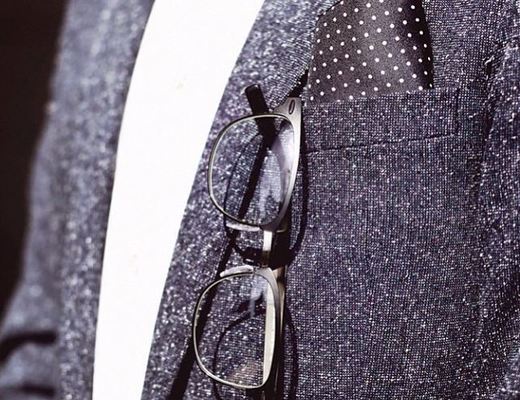“In an environment where the lack of customer footfall has become the industry‘s primary challenge, we have to work even harder on attracting customers to our stores. That‘s why we are focusing on delivering a consistent, high-class brand experience. That‘s why we are investing in service and customer relationship management. That‘s why we are exploiting our opportunities in womenswear and developing new markets such as the Middle East. And that‘s why we are focusing on improving our operational flexibility to offer the right merchandise at the right point in time.”
This was just a fraction of what Hugo Boss CEO Claus-Dietrich Lars‘s said on a conference call in March this year, and it looks like he‘s doing all the right kinds of thinking.
Last quarter the luxury fashion retailer struggled amid weaker luxury markets, but Hugo Boss is back in fashion with a rather stylish set of results for its second quarter, as strong European demand for designer clothing balanced out the stagnant sales in Hong Kong and the US.
The German suit maker is enjoying its biggest quarterly gain in over two years, and saw a 16% increase in sales during the second quarter, helped particularly by the UK where sales jumped by a “double-digit rate”.
Favourable currency shifts and a store expansion programme facilitated the robust performance, as well as “the excellent trend in online business”.
In the March conference called, Lars had said: “Aside from the ongoing expansion and upgrade of our bricks-and-mortar retail business, we are aware that consumers expect maximum convenience and brand consistency irrespective of where they experience HUGO BOSS. That‘s why we need to think beyond “online” and “offline” to embrace “no line”. As a result, we are striving to implement an omnichannel business model by the first half of 2016.”


















